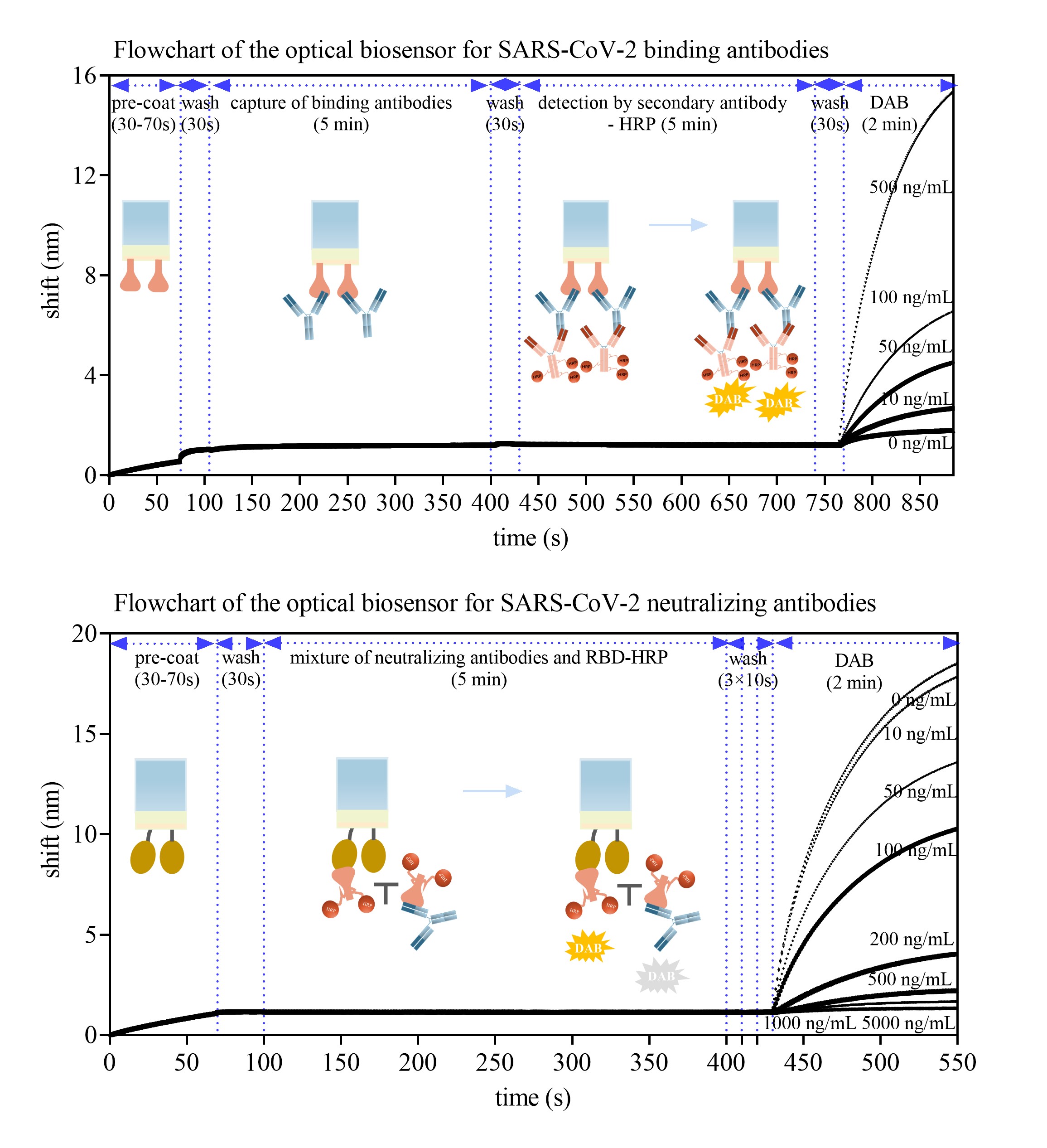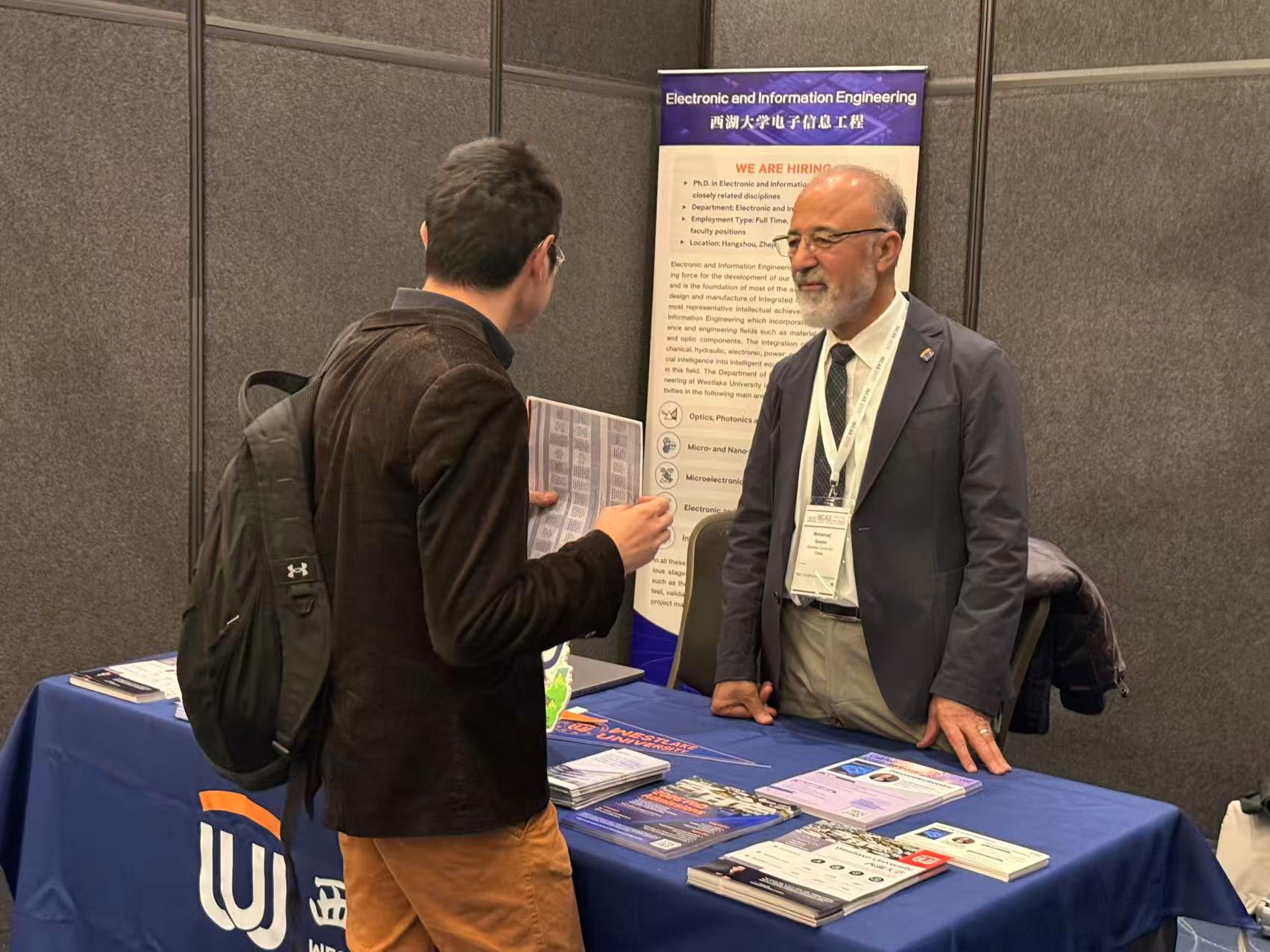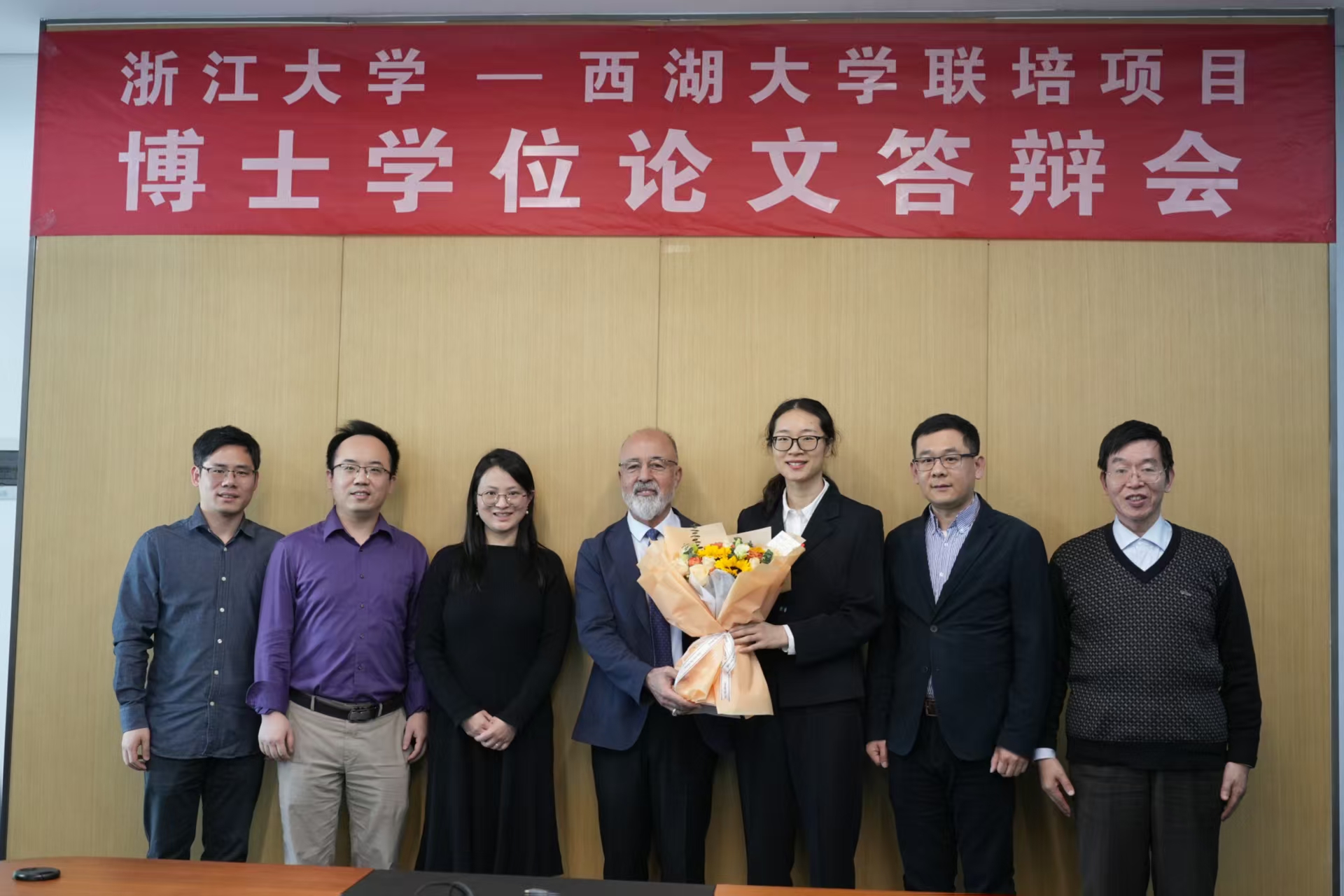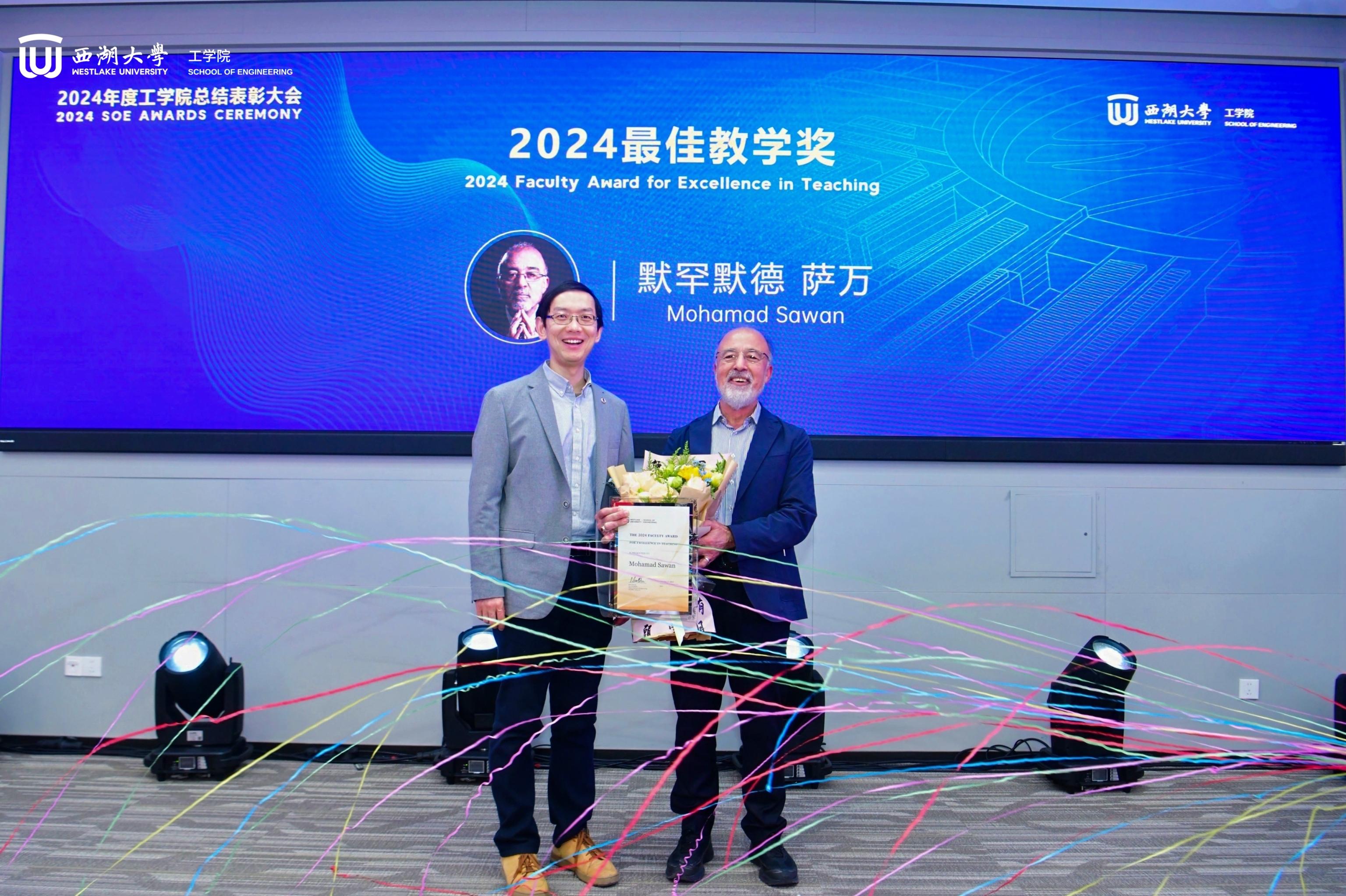Titled “Rapid biosensing SARS-CoV-2 antibodies in vaccinated healthy donors”, this contribution has been published in the Biosensors and Bioelectronics Journal. In this publication, we present two fiber optic-biolayer interferometry (FO-BLI)-based biosensors for the rapid detection of SARS-CoV-2 neutralizing antibodies (NAbs) and binding antibodies (BAbs) in human serum within approximately 10 min. The findings of this study would be useful in COVID-19 related studies in vaccine trials, research on dynamics of the immune response, and epidemiology studies. Congratulations to Sumin Bian, Research Assistant Professor, and to this paper’s co-authors for this excellent achievement.
Citation
Bian S, Shang M, Sawan M. Rapid biosensing SARS-CoV-2 antibodies in vaccinated healthy donors. Biosens Bioelectron. 2022 Feb 3;204:114054. doi: 10.1016/j.bios.2022.114054. Epub ahead of print.
Abstract
In this study, we report two fiber optic-biolayer interferometry (FO-BLI)-based biosensors for the rapid detection of SARS-CoV-2 neutralizing antibodies (NAbs) and binding antibodies (BAbs) in human serum. The use of signal enhancer 3,3′ -diaminobenzidine enabled the detection of NAbs, anti-receptor binding domain (anti-RBD) BAbs, and anti-extracellular domain of spike protein (anti-S-ECD) BAbs up to as low as 10 ng/mL in both buffer and 100-fold diluted serum. NAbs and BAbs could be detected individually over 7.5 and 13 min, respectively, or simultaneously by prolonging the detection time of the former. The protocol for the detection of BAbs could be utilized for detection of the RBD-N501Y variant with equal sensitivity and speed. Results of the NAbs and the anti-RBD BAbs biosensors correlated well with those of the corresponding commercial assay kit. Clinical utility of the two FO-BLI biosensors were further validated using a small cohort of samples randomly taken from 16 enrolled healthy participants who received inactivated vaccines. Two potent serum antibodies were identified, which showed high neutralizing capacities toward RBD and pseudovirus. Overall, the rapid automated biosensors can be used for an individual sample measurement of NAbs and BAbs as well as for high-throughput analysis. The findings of this study would be useful in COVID-19 related studies in vaccine trials, research on dynamics of the immune response, and epidemiology studies.
More information can be found at the following link:
https://doi.org/10.1016/j.bios.2022.114054

Fig. 1: The flowchart of the optical biosensors for SARS-CoV-2 binding and neutralizing antibodies.







